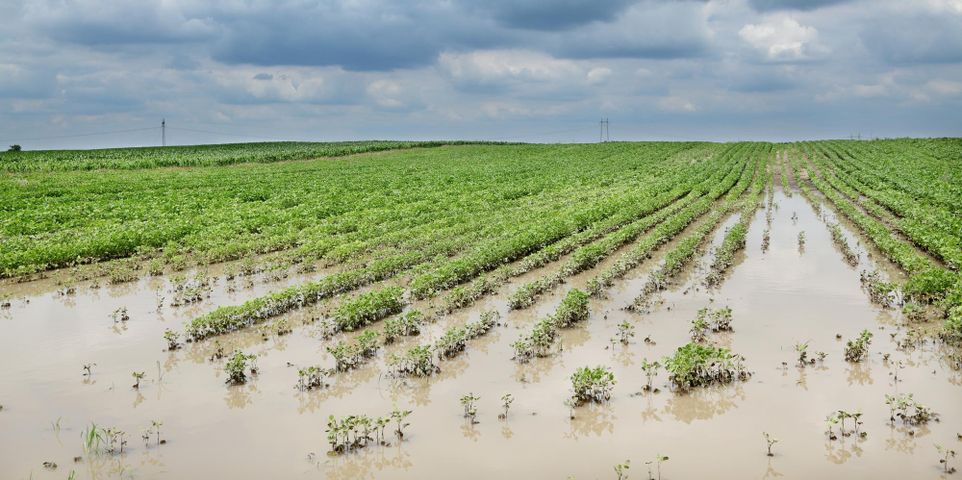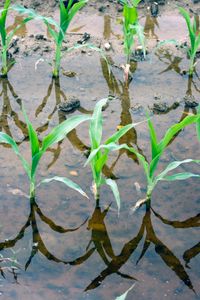
There are many facets of farming that are out of your control, including the weather. While you can’t necessarily prevent an issue like flooding, there are ways to minimize the damage. One excellent strategy is to invest in a quality crop damage insurance policy. Here’s what you should know to keep your farm safe.
3 Ways That Excess Water Impacts Crops
1. Disease
Plants become more susceptible to diseases, like stalk or root rot, after flooding. While stalk rot leaves plants unable to support their own weight, root rot can result in early decay and death. Excess water can even drown crops by depriving them of essential nutrients like oxygen and nitrogen.
 2. Erosion
2. Erosion
Flooding leads to erosion. When the topsoil moves out of its original position or washes away, it exposes plant roots, leading to a poor yield. Although crop damage insurance can compensate you for the loss, you should also adopt other strategies to minimize the impact, too. For example, use farming equipment to cover exposed roots with loose soil.
3. Oxygen
Waterlogged plants can die from oxygen depletion. However, there are other contributing factors to keep in mind. Temperature, duration, water movement, and crop development all play roles in determining if your yield can withstand being submerged for an extended period. If they don’t survive, your crop damage insurance should kick in.
Natural disasters, like flooding, can happen at any moment. To protect your farm, invest in crop damage insurance from Nebraska Crop Insurance Agency, Inc. in Gage County. This family-owned and -operated insurance company offers a variety of high-quality products designed for farming operations. For over 40 years, they have served farmers throughout Southeast Nebraska to boost their financial security. Visit their website for a list of their insurance options, or call (402) 223-2694 to request a quote.
About the Business
Have a question? Ask the experts!
Send your question

